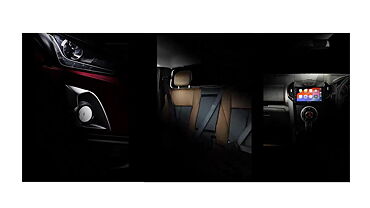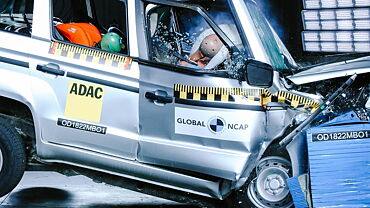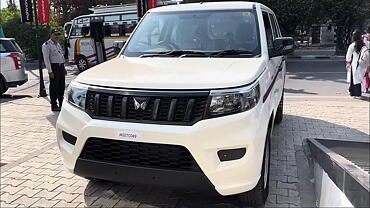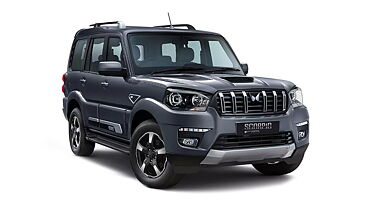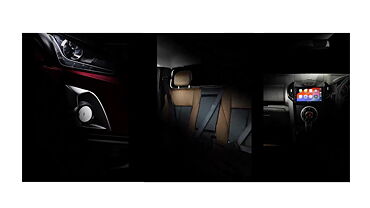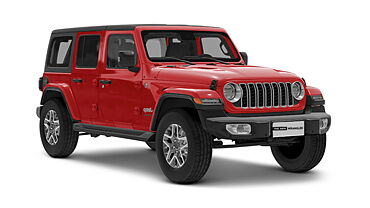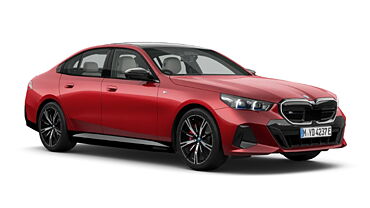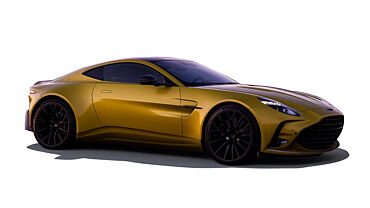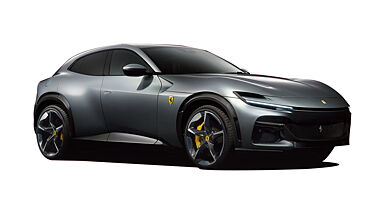The condition of under and oversteer are basically driving features that include sliding of either front or rear pair of tires. Usually, you can notice these practically in car races, slippery terrains, muddy roads, and test drives. But there are many who like to include it in their driving experience for fun. As per all driver’s guides for understeer and oversteer, it’s a skill that requires practice, experience, and expertise. The threshold of its safe limits is very small, a little in either case can directly lead to horrible accidents. This is the reason why higher number of accidents takes place during rainy season when cars go out of control over slippery paths.

The tendency of over and under steering strictly depends upon driving mode of vehicle. According to all standard auto guides, the cars with front-wheel-drives are known for understeering while the rear-wheel-drives display oversteering. However, under a slightly different set of conditions the tendency can get completely reversed or the vehicle may end up showing both the tendencies at the same time. The steering stamina of a car mainly depends on power held by it. The greater the power quotient the higher will be its potential to steer both ways. It is for this reason, the cars with greater power are equipped with Electronic Stability Control (ESC) systems that prevent skidding and keep it stable.
Now moving on to the most primary difference between understeer and oversteer, understeering of a vehicle takes place when front wheels of the car plow straight despite you steer them to turn. Since, the power is directly being transferred to this particular pair of wheels that takes responsibility for steering; there is a loss of grip which leads to spinning of wheels. People living in muddy and snowy places face this problem often when the front tread of their vehicle gets filled with mud or snow. On the same note, oversteering takes place when rear end of the vehicle fails to respond.
These situations only occur under a given set of conditions and not in usual life. In case, you have a new car stay assured the chances of any kind of awkward steering are least for you in any kind of terrain. If you are in any of those tough and slippery terrains, better go for that new car which is installed with traction and stability controls. And last but the most noteworthy point, AWDs (All-Wheel-Drives) aren’t exempt from the problem of understeer and oversteer, however, they have better chances of getting stable as when two tires lose grip the rest two will be searching for it.




